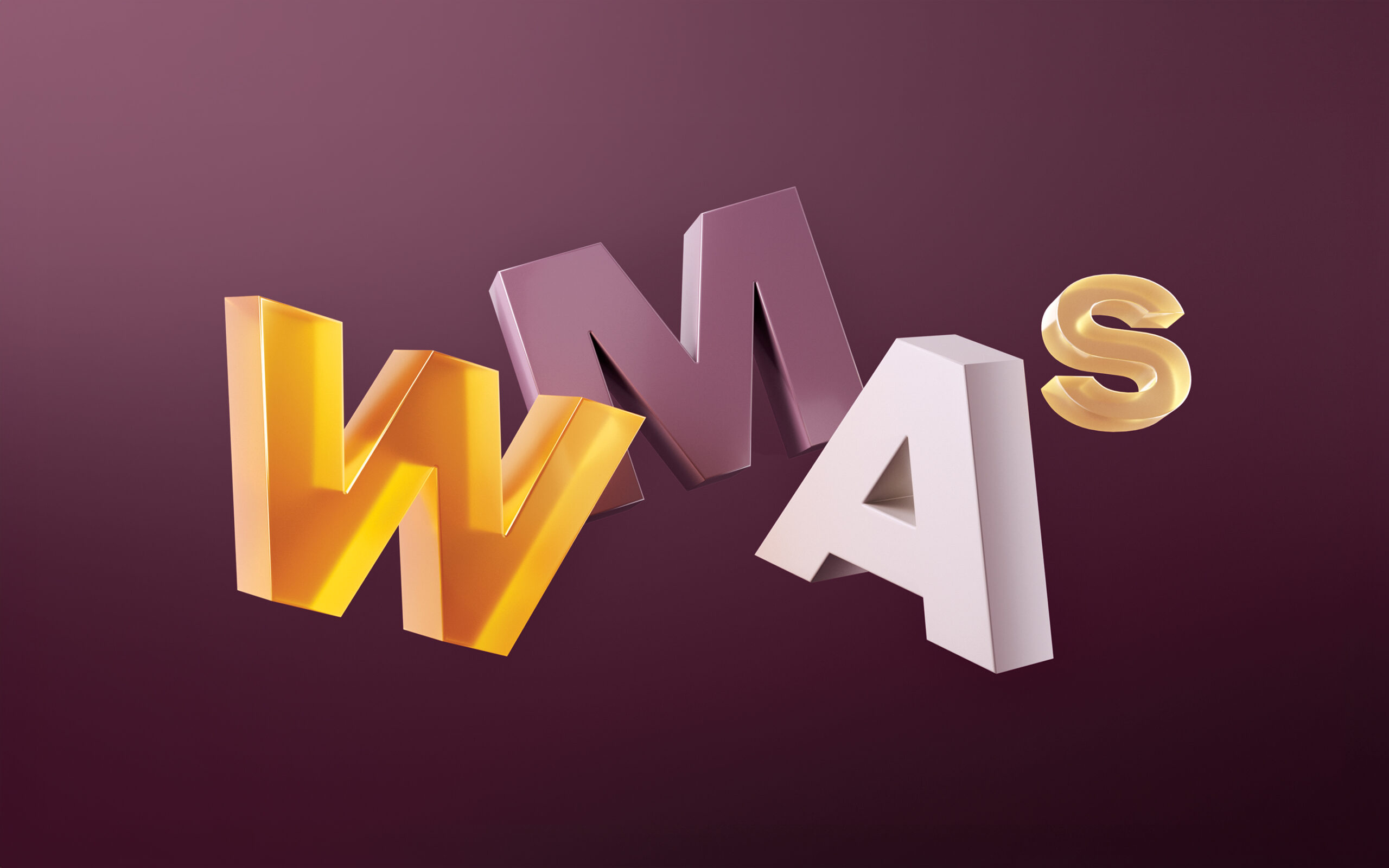Rippling’s design career ladder: How we help product designers level up

According to a Design Career Index survey, only 29% of companies have a form of documented career progression, normally limited to pay bands. Yet according to a 2023 UX Collective report, a lack of career progression is one of the top reasons product designers leave their jobs.
Want to better support your designers as they evolve? Build a career ladder for your team and turn it into a concise rubric.
From buzzword to building block
Ladders help us visualize how to progress through our work lives. In a tricky-to-navigate career like product design, employees can use it to assess where they stand and chart a course for developing the core competencies that will help them grow.
But “climbing the career ladder” can also be a vague, ambiguous term. When poorly defined, designers can misinterpret the ladder as a checklist for a promotion.
Redesigning the career ladder
When I joined Rippling in 2022, the ladder looked like this:

While this gave designers a glimpse into company expectations, they wanted a career ladder that was more actionable and wanted to see more clarity between levels to serve as benchmarks for career progression.
Focus on behaviors and outcomes
A career ladder should define core competencies employees need to level up, showing which traits companies value when hiring. Since there’s no one-size-fits-all career path for designers, who span different backgrounds and have different work (and life) experiences, a ladder should accommodate the twists and turns baked into their journeys by specifying the hard and soft skills an organization needs to succeed.
Through rigorous critique and reviewing other design rubrics, we asked ourselves: Does the existing ladder solve the problem of identifying the outcomes we look for in designers? Will these outcomes be important to Rippling years down the line?

Career ladders help employees understand the competencies expected in their job, the key behaviors they should demonstrate, and the steps needed to increase their proficiency levels.
We organized the core competencies for Rippling’s career ladder into three categories:
- Impact: How a design solves ambiguous and complex problems, and influences the team towards the best solutions
- Influence: How you influence your respective scope on design direction. Influence and impact are directly related
- Deliver: How you deliver, the size, complexity, and quality of the problems you are solving
- Communicate: Efficacy of written and verbal communication across projects, setting expectations; providing rationale for design decisions
- Operate: How you operate, including scoping and meeting project deadlines; delivering with speed and quality within your respective scope
- Designer excellence - craft: Understanding Rippling systems’ capabilities, visual and UX design skills, product thinking, and customer insights.
- Product thinking: Your ability to tackle complexity from a systems perspective, your understanding of Rippling’s building blocks
- Insights + solutions: Product insights, born from an understanding of customer insights and competition, translated into solutions and ideas
- Product quality: Hold a high standard for product excellence, measured through multiple avenues
- Talent & culture - soft skills: Communication, persuasion and influence, and the ability to give and receive feedback, mentor, and fit within Rippling’s culture.
- Feedback: Your proactiveness and willingness to give and receive feedback in a timely manner within your scope
- Recruiting: Your role in recruiting for the design team, from providing timely feedback on candidates to helping the team scale
- Leadership & mentoring: How you lead and mentor, and how you show up as a mentee
- Culture: The extent you embody Rippling’s leadership principles, and contribute to a psychologically safe environment of continuous learning and development

Career ladders as another product
Design leaders need to evaluate how to structure their career ladders to fit the unique needs of their company and support team members as they grow. As with any new product design, that means doing your homework. Here’s what to keep in mind when envisioning a ladder’s structure.
- Organization: Where does Design report? What is the vision and mission of the organization? Lean into your org chart, leadership principles, and the DesignOps canvas to build this foundation.
- Expert analysis: Look at organizations that have already published ladders. For Rippling’s career rubric, we looked at Amazon, Meta, Figma, Intercom, Buzzfeed, Wayfair, Netflix, and more, identifying common core competencies.
- User research: A ladder’s success depends on whether people use and derive value from it. The best way to get into those details is by conducting user research.
4 traits that set designers apart
After working through these core principles creating the ladder, a few key themes central to designer success emerged that weren’t previously highlighted.
- Product thinking: Standout designers are creative problem solvers who understand Rippling’s building blocks and system capabilities.
- Quality of execution: Rippling designers are accountable for the end product—from copy to pixels to maintaining internal documentation.
- Communication: We wanted the new ladder to emphasize collaboration and persuasion.
- Leadership principles: We also wanted to infuse Rippling’s guiding leadership principles—like “go and see,” push the limits of possible, and build winning teams—into the ladder.
Emphasizing these traits helped designers deepen their craft at Rippling and challenge each other to build high-caliber products.
Today’s career ladder
As a result, today’s career ladder looks a bit different.

Since the overhaul, designers have had more conversations about quality with their product teams, developed core competencies, and spearheaded their own initiatives, born from the realization that our customers had a problem we could help them solve. Rippling designers are at the forefront of getting these solutions over the line and into code.
What’s more, we’ve already seen multiple designers move up the ladder! Now, they can visualize where they stand, and leadership can be transparent about what they need to improve upon.

The design career ladder helped me prove my case for a promotion last year because it provided clear boundaries and gaps between different levels. When most of my mappings landed in the level above my current one, it was evident that I was ready for the next step. The ladder proved that to the leaders who wanted to support my growth.
Nathaniel Qin
Senior Product Designer at Rippling
We’ll continue to iterate and add user guides, archetypes, and other ways for designers to make this more tangible—all to better help our team members flourish.










